Meet Phil Akashi, a nomadic artist that is inspired by Japanese and Chinese art. His works are experimenting across cultures, languages and symbolisms as a tool to create a dialogue of peace and emotions.
-What would you like to drink? Coffee, Tea, Beer, Soda or something else?
(Phil Akashi) – A fresh bottle of Château Barbeyrolles, Pétale de Rose.
-Introduce yourself to us – as if we had no idea who you were!
My name is Phil Akashi, I am a Belgian nomadic artist. I experiment with language, materiality and aesthetics.
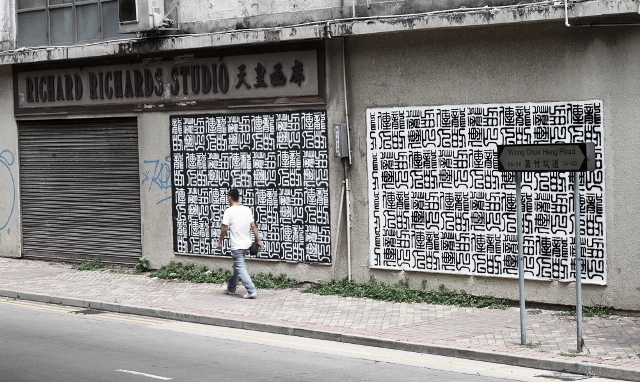
Legend of the Dragon, Phil Akashi – Art Basel Hong Kong 2015
– Where does your (tag) Artist name come from?
Fascinated by Asia, I have carved out a unique artistic identity bridging East and West. First, I kept my first name “Phil” as my roots and western background. Then I chose a Japanese pseudonym “Akashi” meaning “bright stone” to express my passion for the multifaceted Japanese culture. Then I added a Chinese touch “涛程” meaning “big wave journey” and I intentionally reversed the two characters to play with the rules.
-How do you define yourself ? Artist? Street artist? Something else?
Nomadic artist
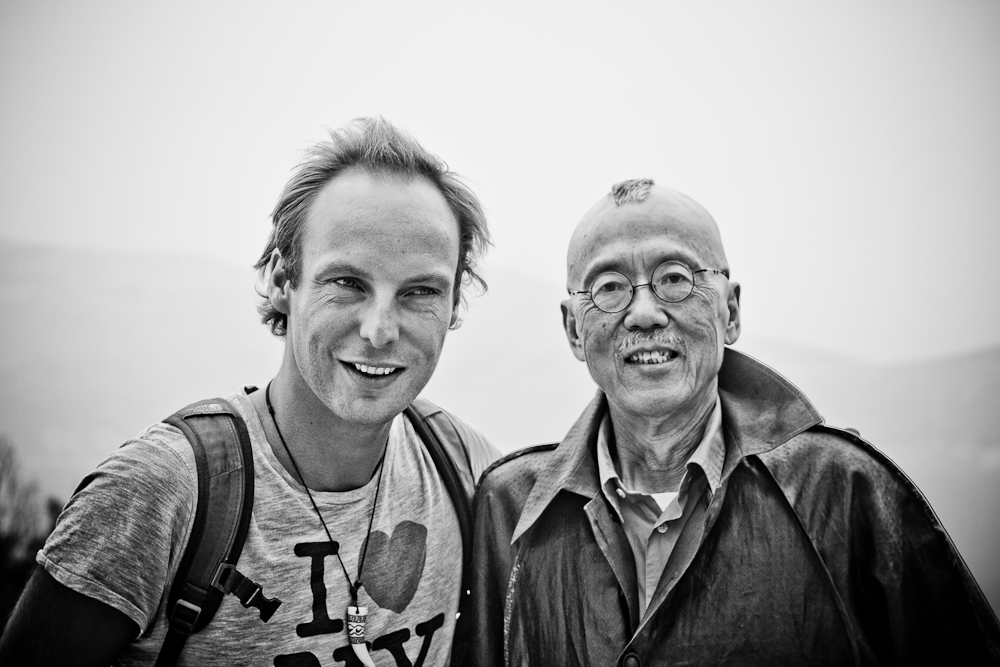
Phil Akashi & Han Hsiang-ning 韓湘寧 – MoCA Dali, China 2011
– How did it all start for you, and what is it nowadays?
I fell in love with art during a visit in the studio of the artist Ado Chale (www.adochale.com) at 12 years of age. Chale’s passion for minerals, materials and textures was a revelation for me.
But it is only 20 years later while traveling in China that it all started for me. I believe I had to be away from my environment to understand and start my artistic path. Today I enjoy every seconds of it, mixing works in the studio, in the streets and showing in galleries and museums.

Phil Akashi and Jenny Holzer – National Taiwan Museum of Fine Arts (NTMoFA) 2018
-What is the first thing you do when you get up in the morning?
I play in bed with my son.
-Street art is mostly a visually stimulating form of art. To add one more sense to it, what music would you pick to accompany your art work?
Depending of the mood, some good old jazz, some chill beats from L’indécis or some old-school hip hop from Supreme NTM.
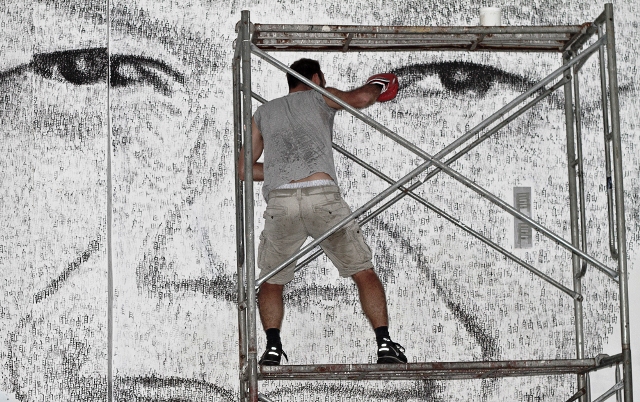
Tribute to Mandela, Phil Akashi – Shanghai 2013
-In all forms of art, inspiration is crucial. What inspires you and how does that end up in your art?
I have inspiration in everyday life and travel. I especially enjoy to explore, challenge and engage questions relating to democracy, power, resistance, and cultural identity.
-What is the hardest part while working on a piece of art?
Accepting and understanding mistakes / accidents might end up beautifying a piece.
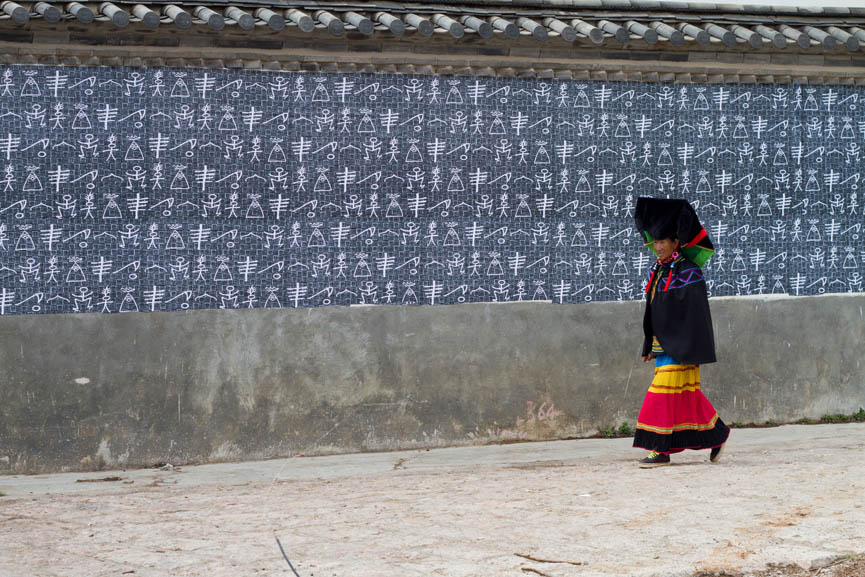
Legend of the Dragon, Phil Akashi – Baisha Village, China 2016
-Do you have any artist(s) you admire? Can you pinpoint what it is that makes them so special for you?
Fascinated by language and by many Chinese contemporary artists, I am especially influenced by the work of Xu Bing (for his manipulation of the written word and massive and powerful socio-political installations), Idris Khan (for his minimalist aesthetic and intricate process of layering images and texts) and Christopher Wool (for his famous techniques mixing painting and erasing, gesture and removal, depth and flatness).
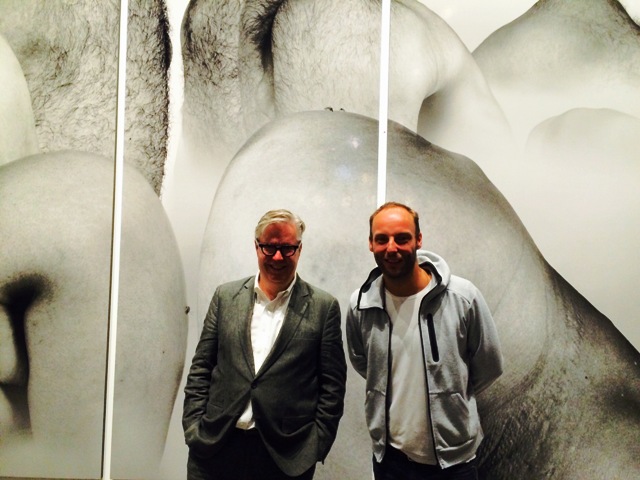
Lars Nitve and Phil Akashi in front of brilliant piece of Liu Wei, It Looks Like a Landscape, M+ Sigg Collection, Hong Kong 2016
-Which cities are the most inspiring for you as an artist?
Tokyo, Shanghai and Ibiza
-What other passions do you have apart from art?
Sports, traveling, friends and family
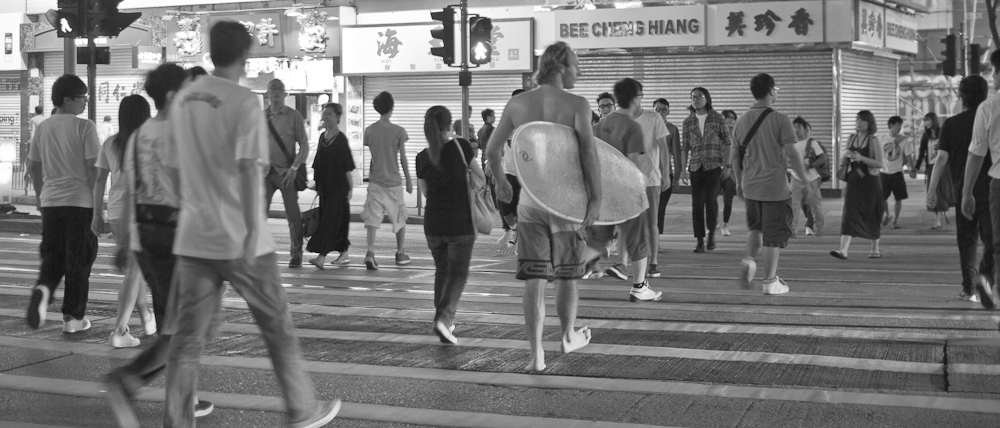
Phil Akashi – Time Square, Hong Kong 2011
-Do you have a special project that you hope to achieve some day?
Yes but this is a secret ;o)
-Tell us a bit more about your art; does it include symbolisms, messages or repeated patterns? How has it evolved?
With monumental projects, paintings, sculptures and installations, I am dedicated to expanding the materiality and aesthetics of words and texts. I often combine the use of traditional crafts with techniques of the abstract expressionism and street art movements.
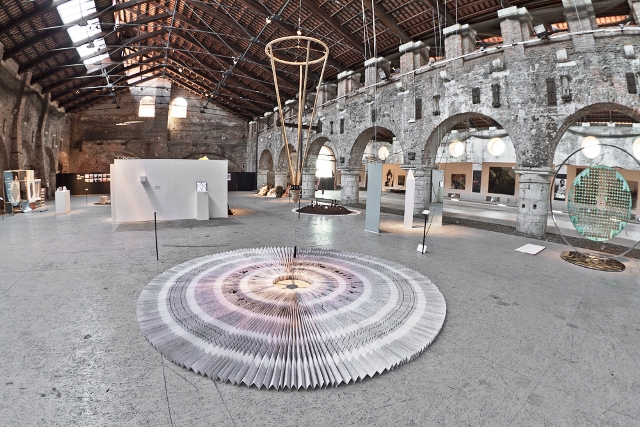
The Circle of Time, ink on fine art paper, bamboo, hemp rope, leather, and metal with seal imprints with Chinese characters: 冬/“winter”, 春/“spring”, 夏/“summer”, 中/“middle”, and 秋/“fall”. 4 x 4 x 3,35 m – The Arsenale, Venice 2017 .
As a vibrant player in the East/West dialogue, my narratives are critics, sometimes anti-establishment, confrontational, and, at the same time, peaceful and meditative.

The Circle of Time, detail – The Arsenale, Venice 2017
– How long time does your art work, on walls, usually survive for?
From a couple of days to several years.
-What do you think, people feel or think of, when they see one of your works on the street?
I usually try to create art as a tool for emotion, reflection and dialogue
-What are your creative plans for the future?
I just finished a project in Ibiza, Mystical Es Vedra, a journey into languages, civilizations and cultures.
Mystical Es Vedra, Phil Akashi – Ibiza 2019
Next show starts next week in Rarity Gallery in Mykonos. Then I will participate to a group show in the Museum of Modern Art of Algiers (MAMA) in September with Mounir Fatmi and Zoulikha Bouabdellah. Besides this, I am working on two major projects.
Thank you! It’s been great to get to know more about the mind and person behind such talented and inspiring works.
‘’I Support Street Art’’ team.

leave your comment